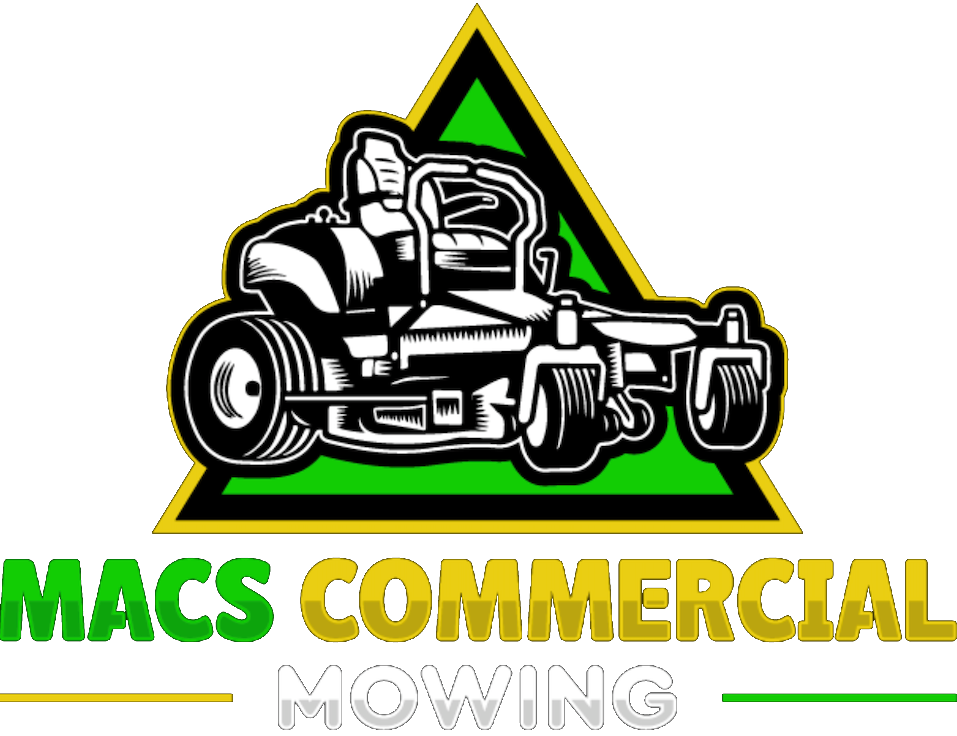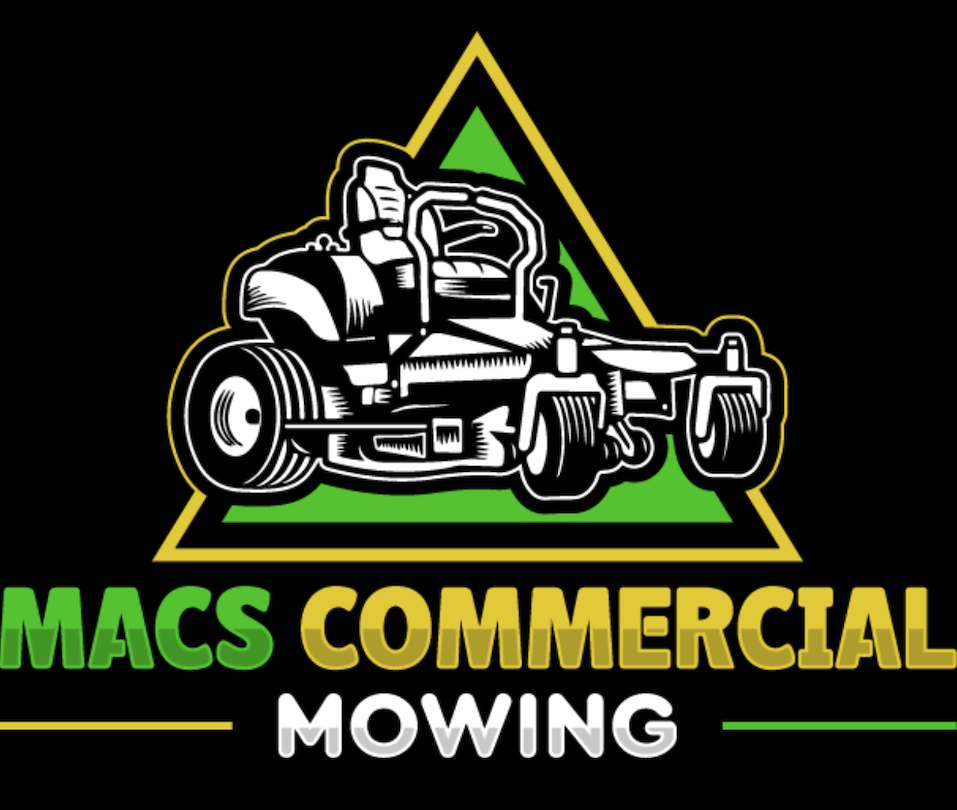Common Mowing Mistakes and How to Avoid Them
A lush, healthy lawn starts with good habits—and that includes how you mow. While mowing might seem like a straightforward task, small mistakes can quickly impact the look and health of your grass. From cutting too short to using dull blades, the wrong approach can leave your lawn stressed, patchy, or vulnerable to weeds and disease.
Avoiding these common pitfalls doesn’t require expert-level landscaping skills. It just takes a little awareness and consistency. With the right mowing techniques, you’ll help your grass grow stronger, greener, and more resilient. This guide walks you through the most frequent mowing errors and offers simple ways to fix them, so you can take pride in a lawn that thrives season after season.
Cutting Your Grass Too Short Can Weaken Your Lawn
Scalping your lawn might seem like a shortcut to reduce how often you mow, but it does more harm than good. When grass is cut too short, it struggles to perform photosynthesis effectively. This leaves it vulnerable to drought, disease, and weed invasion.
The ideal approach is to follow the one-third rule—never cut more than one-third of the grass blade at once. Letting your lawn maintain some height helps it retain moisture and build stronger roots. A taller, thicker lawn naturally shades out weeds and holds up better in tough weather conditions.
Ignoring Blade Sharpness Affects Grass Health
A dull mower blade tears the grass instead of giving it a clean cut. Torn blades leave ragged edges, which turn brown and increase the risk of disease. It’s one of the easiest mistakes to overlook but can have long-lasting effects on lawn appearance.
Sharpen your mower blades regularly, ideally after every 10-12 hours of use. Clean cuts promote faster healing and reduce stress on the grass. Investing a few minutes into blade maintenance can make your mowing efforts more effective and keep your lawn looking healthier with less effort over time.

Mowing on a Wet Lawn Causes Lasting Damage
It’s tempting to mow after a rain when the grass seems to be growing faster, but wet conditions are not ideal. Wet grass clumps together, making it difficult for the mower to cut cleanly. The weight of the mower can also compact the soil and tear up patches.
Waiting until your lawn is dry ensures an even cut and prevents mower tracks from leaving ruts in the yard. It also keeps your equipment in better shape, avoiding clogs and corrosion. A little patience saves you from long-term damage and gives you better results.
Skipping a Regular Mowing Schedule Hurts Growth
Inconsistent mowing throws your lawn off balance. Letting the grass grow too long between cuts forces you to remove too much at once, which can shock the plant and weaken its root system. This opens the door for weeds to take over.
A consistent mowing schedule supports steady, healthy growth. During peak seasons, this might mean mowing once a week. Regular cutting encourages thicker turf, which naturally defends against pests and drought. If you stay on schedule, you’ll spend less time fixing problems and more time enjoying your lawn.
Using the Same Pattern Every Time Creates Ruts
Mowing in the same direction week after week compacts the soil and causes unsightly tracks or ruts. Over time, this unevenness leads to poor grass growth in those worn paths and can make future mowing harder.
Changing your mowing pattern each time helps avoid these issues. Alternate between vertical, horizontal, and diagonal directions to prevent the grass from leaning permanently in one way. It also reduces soil compaction and promotes a more upright, lush appearance. This simple change keeps your lawn looking fresh and evenly trimmed.
Bagging Clippings When You Should Be Mulching

Bagging grass clippings might seem tidy, but it can actually deprive your lawn of essential nutrients. Those clippings break down quickly and return nitrogen to the soil, acting as a free fertiliser. Removing them means your lawn misses out on natural enrichment.
Mulching clippings back into the lawn can reduce the need for chemical fertilisers and help maintain soil moisture. As long as the clippings aren’t too thick or wet, leaving them behind is beneficial. Switching from bagging to mulching is a small change that can lead to healthier grass over time.
Overlapping Too Much or Too Little While Mowing
Too much overlap while mowing wastes time and fuel. On the other hand, too little overlap leads to uneven patches and missed strips of grass. Both mistakes affect the quality of the mow and the overall appearance of your yard.
Aiming for a slight overlap—just the edge of the mower deck—is usually enough to ensure full coverage without excess effort. Paying attention to your alignment as you mow creates a cleaner, more professional look. Small adjustments like this make your routine more efficient and your lawn more uniform.
Rushing Through the Job Leads to Uneven Results
Mowing in a hurry often leaves behind uncut areas, wheel tracks, or uneven patterns. This affects not only the appearance of the lawn but its health as well. Grass that’s inconsistently cut may struggle to grow uniformly and resist pests or disease.
Take your time and move at a steady pace. It’s better to mow slowly and get the job done right than to rush and cause more work later. A mindful approach produces a neater finish and reduces the risk of accidental damage to both the grass and your mower.
Choosing the Wrong Time of Day to Mow
Mowing during the heat of the day puts unnecessary stress on your lawn. The sun is strongest in the afternoon, and freshly cut grass loses moisture quickly. This can lead to brown patches and weakened turf during summer months.
Early morning or early evening is the best time to mow. During these cooler periods, the grass retains more moisture, and your cuts heal faster. You also avoid stressing both your lawn and yourself under the midday sun. Proper timing plays a big role in keeping your yard green and vibrant.
Failing to Adjust Mower Height for the Season
Using the same mower height year-round ignores how grass responds to changing weather. A shorter cut in spring may be fine, but during hotter months, longer grass provides shade that protects roots from drying out. Failing to adjust can leave your lawn vulnerable.
Raise the blade in summer to encourage deeper roots and reduce evaporation. In fall, you can lower it slightly to prepare for winter without stressing the turf. Adjusting mower height based on the season’s demands ensures that your lawn stays strong through temperature shifts and seasonal growth cycles.
Conclusion
Healthy lawns don’t happen by accident—they’re the result of smart habits and avoiding the small mistakes that quietly damage your grass over time. Things like mowing too low, skipping blade maintenance, or cutting at the wrong time of day might not seem like a big deal, but they add up quickly. By adjusting how you mow, you can make a noticeable difference without spending extra time or money. Your lawn will reward you with thicker growth, fewer weeds, and a cleaner overall look.
If you’re in Junee and want your lawn maintained the right way, contact Macs Commercial Mowing. We take the guesswork out of the job and focus on what really makes a difference. Whether it’s regular service or correcting past mowing mistakes, our team knows how to bring tired grass back to life. Let us help your property stand out with expert care and attention to detail that shows.

